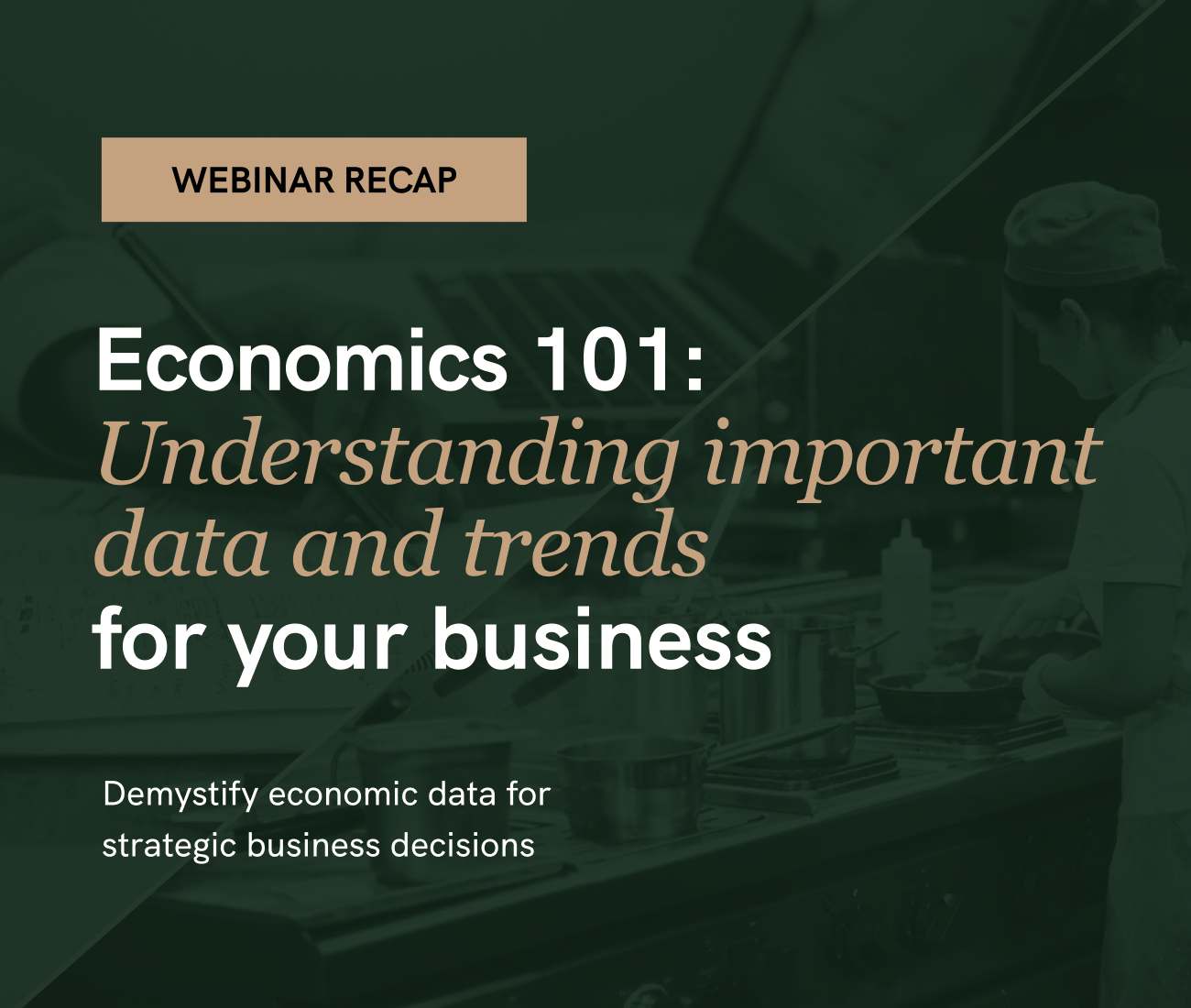View our webinar on understanding economic data
Every month, the economy spews out a firehose of data via a host of public and private sources. Business leaders who understand the data can use it to make better decisions. So where and when should we pay the most attention?
To find out, we hosted a webinar with two leading experts on explaining and interpreting economic data, plus one of our own:
- Claudia Sahm, Founder of Sahm Consulting
- Guy Berger, former Principal Economist at LinkedIn
- Daniel Altman, Chief Economist at Instawork
Here are some highlights of our discussion:
Did the Federal Reserve pull off a soft landing?
We kicked things off by talking about the economy's situation right now, and Claudia and Guy were in a buoyant mood. Claudia's slides showed how unusual it was to see a steep drop in inflation with very little corresponding change in unemployment, and Guy spoke about the signs of normalization in the labor market. Both experts expected to see a soft landing, accompanied by cuts in short-term interest rates, during the first half of 2024.
There were some caveats, however. Guy warned that increases in wages might eventually worry the Federal Reserve, and Claudia acknowledged that credit delinquencies might depress consumer spending. But as Claudia said, the most important support for consumers was a strong labor market – and the labor market was still very strong.
Is the labor market too tight?
Guy spoke at length about labor market data, including one of his favorite government releases, the Job Openings and Labor Turnover Survey. He was not a big fan of the job openings data but highly recommended following the hire and quit rates. The fact that both of these have almost returned to pre-pandemic levels suggested to Guy that the labor market had regained a measure of stability.
Dan also gave a quick demonstration of how economic data could help business leaders to make hiring decisions. In the warehousing and storage industry, businesses kept hiring even after it was clear that consumers' demand for goods would correspond to lower levels of employment. Eventually, these businesses had to shrink their payrolls to catch up to the trend in spending.
What will happen to prices?
Claudia suggested keeping an eye on the government's Producer Price Index to see where wholesale and retail prices might go – and, by extension, how much inflation might eventually worry the Federal Reserve. The overall index has come down substantially from its peak in June 2022, but it's still very high relative to pre-pandemic levels. There are different versions of the index for various commodities and types of businesses, all of which can help leaders to understand how prices for manufacturers will translate into wholesale and retail prices.
The experts offered many more insights, as well as suggestions for yet more experts to follow, so we hope that you'll watch the webinar to learn more. Feel free to get in touch with us via press@instawork.com if you have more questions after watching the video.








